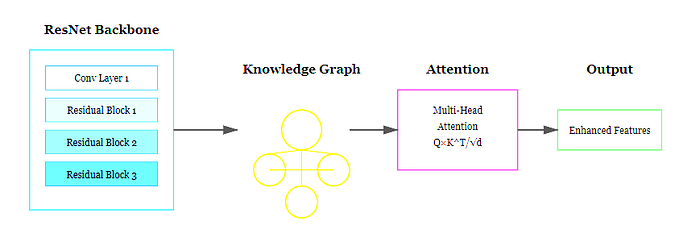
7 Practical PyTorch Tips for Smoother Development and Better Performance
Last Updated on February 10, 2025 by Editorial Team
Author(s): Akhil Theerthala
Originally published on Towards AI.
Things I wish someone listed down.
This member-only story is on us. Upgrade to access all of Medium.
PyTorch is a surprisingly simple language that allows you to train a model after reading a simple 2-minute article. But as we keep writing more, many things could give a qualitative improvement in the long run.
In the last two years, there have been surprisingly few points I (sometimes painfully) learned in my job. Here they are:
As we start writing models, we start by writing everything in a single class. We declare all the layers in a single __init__ function. Yet, as the scale of the project increases, this leads to repetitive blocks. Hence, it's better to define the modules to use separately instead.
One classic example of this is the attention blocks in a transformer architecture. You need not define the same scaled_dot_products again and again. Rather, creating a SimpleAttention() block once and reusing it when needed is a better way to code.
Not every model you train is going to work as intended. Having that hope is a fantasy. When you debug an experiment, you often need pinpointed data to identify the issue.
We all track the training and validation losses. However, some more commonly tracked metrics are… Read the full blog for free on Medium.
Join thousands of data leaders on the AI newsletter. Join over 80,000 subscribers and keep up to date with the latest developments in AI. From research to projects and ideas. If you are building an AI startup, an AI-related product, or a service, we invite you to consider becoming a sponsor.
Published via Towards AI
Take our 90+ lesson From Beginner to Advanced LLM Developer Certification: From choosing a project to deploying a working product this is the most comprehensive and practical LLM course out there!
Towards AI has published Building LLMs for Production—our 470+ page guide to mastering LLMs with practical projects and expert insights!

Discover Your Dream AI Career at Towards AI Jobs
Towards AI has built a jobs board tailored specifically to Machine Learning and Data Science Jobs and Skills. Our software searches for live AI jobs each hour, labels and categorises them and makes them easily searchable. Explore over 40,000 live jobs today with Towards AI Jobs!
Note: Content contains the views of the contributing authors and not Towards AI.














